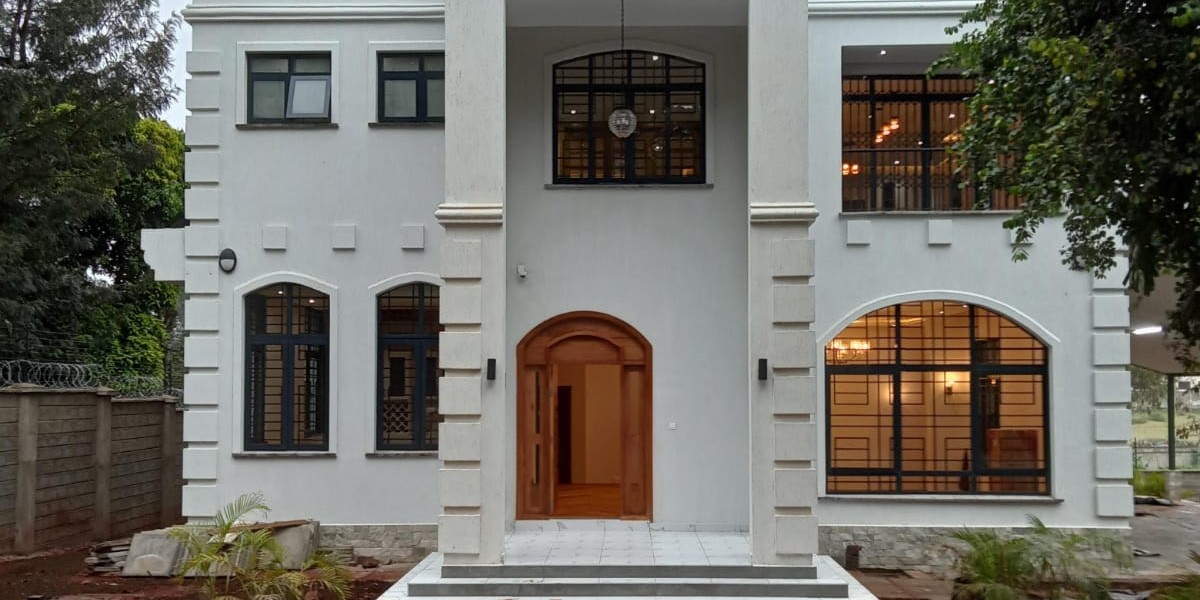Newsletter
Contact us
- Funzi Road Off Enterprise Road, Industrial Area
- +254 20 2180199
- info@dexdign.com

design for life
Sustainable architecture has emerged as a vital approach in designing buildings that minimize their impact on the environment while promoting a healthier and more sustainable future. It goes beyond just energy efficiency to encompass various aspects of design, construction, and operation that prioritize environmental responsibility and social well-being.
One key aspect of sustainable architecture is energy efficiency. Designing buildings that reduce energy consumption through efficient insulation, natural lighting, and passive heating and cooling systems not only reduces carbon emissions but also leads to significant cost savings. Incorporating renewable energy sources, such as solar panels and geothermal systems, further enhances sustainability by reducing reliance on fossil fuels.
Another crucial element of sustainable architecture is the use of eco-friendly materials. Traditional construction materials, such as concrete and steel, have a high carbon footprint due to their energy-intensive production processes. However, sustainable architects are now exploring alternative materials like bamboo, reclaimed wood, and recycled steel, which have lower embodied energy and can be replenished or repurposed without depleting natural resources.
Water conservation is also a key consideration in sustainable architecture. Implementing strategies like rainwater harvesting, low-flow fixtures, and greywater recycling systems can significantly reduce water consumption and alleviate pressure on local water sources. Additionally, incorporating green infrastructure, such as green roofs and permeable pavements, can help manage storm water runoff and improve water quality.
Furthermore, sustainable architecture prioritizes the well-being of occupants. Designing buildings with ample natural light, good indoor air quality, and access to green spaces has been shown to improve productivity, health, and overall quality of life. Incorporating biophilic design principles, which connect occupants with nature through features like living walls and indoor gardens, further enhances the well-being and connection to the natural environment.
Sustainable architecture is not limited to individual buildings but also extends to urban planning and community design. Creating walkable neighborhoods, promoting public transportation,and integrating mixed-use developments contribute to reducing carbon emissions, fostering social interaction, and enhancing the overall livability of cities.
In conclusion, sustainable architecture is a holistic approach that considers the environmental, social, and economic impacts of buildings. By incorporating energy-efficient design, eco-friendly materials, water conservation strategies, and prioritizing occupant well-being, architects can play a crucial role in designing for a greener future. Embracing sustainable practices not only benefits the environment but also creates healthier, more resilient, and vibrant communities for generations to come.
